Ayahuasca enlightens people to view healing from another perspective, though it has a few requirements so you can understand the full experience.
It is a year full of discoveries and rediscoveries, as people tend to stumble upon adventures that are new to them. These may be new places, stumbling upon exotic food that’s new to your palate, or embracing an eclectic way of wellness. You have Ayahuasca to add to your list for the latter, if you want to experience a psychical healing modality.
Lifestyle Asia had the privilege to talk with Delong De Leon, who is a teacher by profession. However, the pandemic led him and his wife to the power of the sacred plant, which turned out to be fulfilling and enlivening.
READ ALSO: Energy Healing Through Stones: Essential Crystals To Welcome The Year Of The Wood Dragon
A teaching plant
Ayahuasca is a natural plant medicine which is considered a “teaching plant.” Taitas or Shamans mainly use this for thousands of years for healing and spiritual ceremony. It is a strong psychoactive brew of chacruna leaves and the vine of the ayahuasca tree.
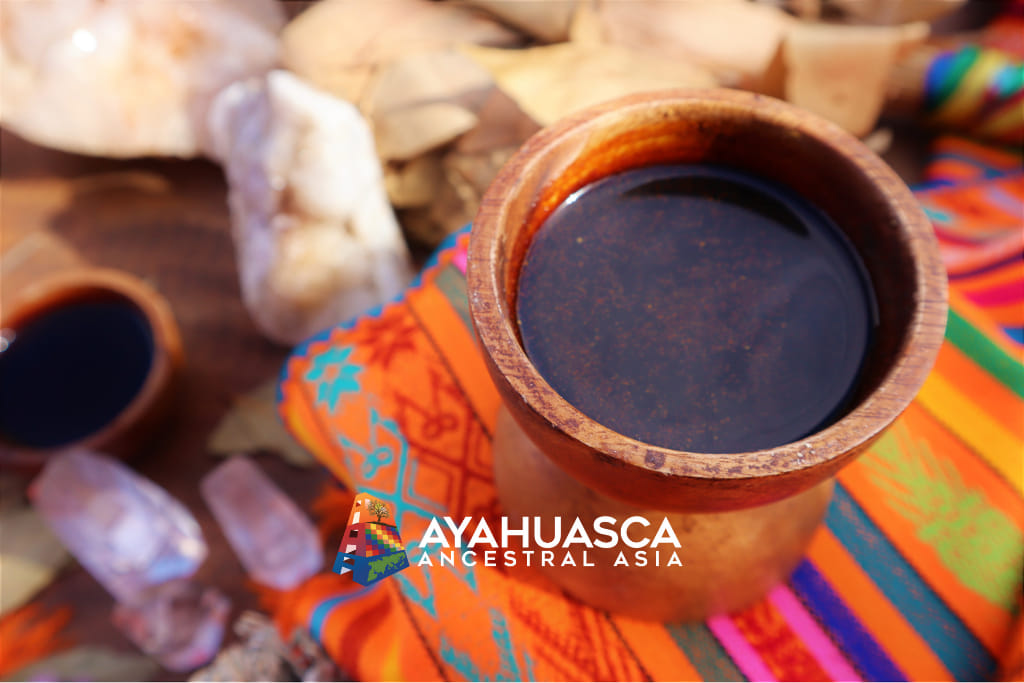
Ayahuasca Ancestral Asia, a registered non-government organization in the Philippines, said the benefits are numerous. The organization claimed those who have taken it attested to positive, long-term and life-changing results.
Delong said everybody can do what a shaman does in the rituals, but not everyone is a shaman. “Shamans are present only among their lineage or they are all blood related,” he alleged. “Everybody else are called facilitators, or those who are non-shamans.”
The ceremony proper
Delong said the ceremony starts with performing detoxifying rituals. Afterwards, participants take kambo or frog medicine. The frog poison will be inserted in the participants’ skins, which cleanses the body. Before ayahuasca they also do meditation and rapeh (tobacco substances which they will blow on one’s nostrils). This helps clear the mind to open up one’s upper senses. After these, they proceed to the Ayahuasca proper.
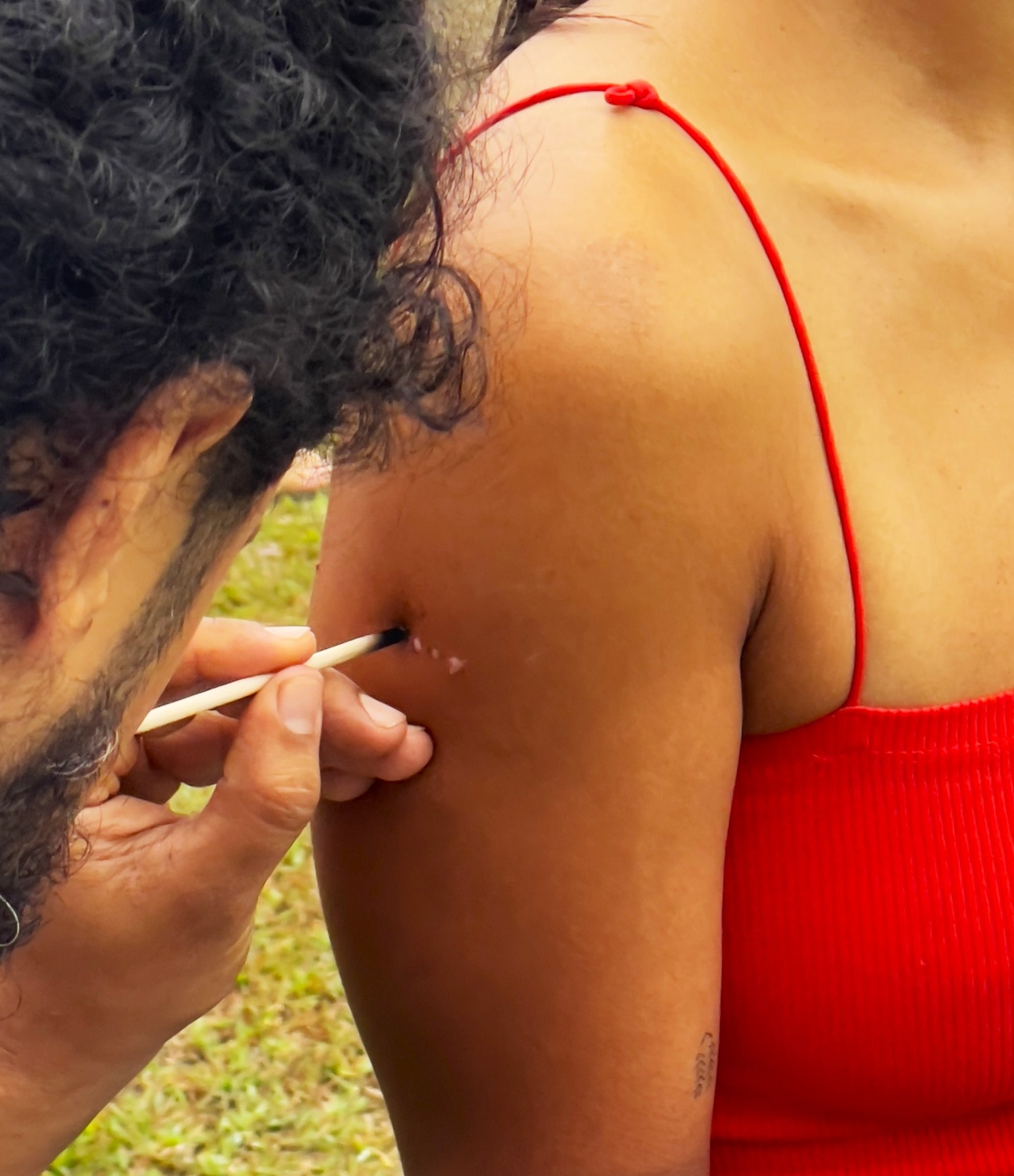
During the ceremony’s downtimes, they incorporate other healing modalities such as reiki. Delong’s wife, Rona, performs voice and sound toning which aligns one’s chakras. Along the ceremony they do a traditional South American pre-hispanic animal dance and breath works. On the second day, Delong said the participants do Ayahuasca again.
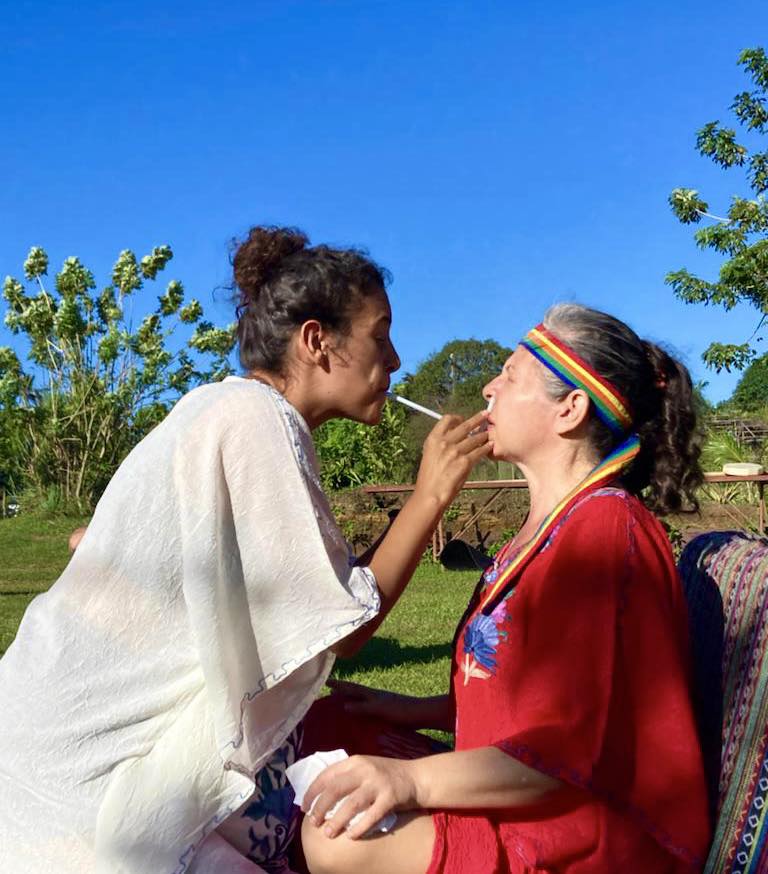
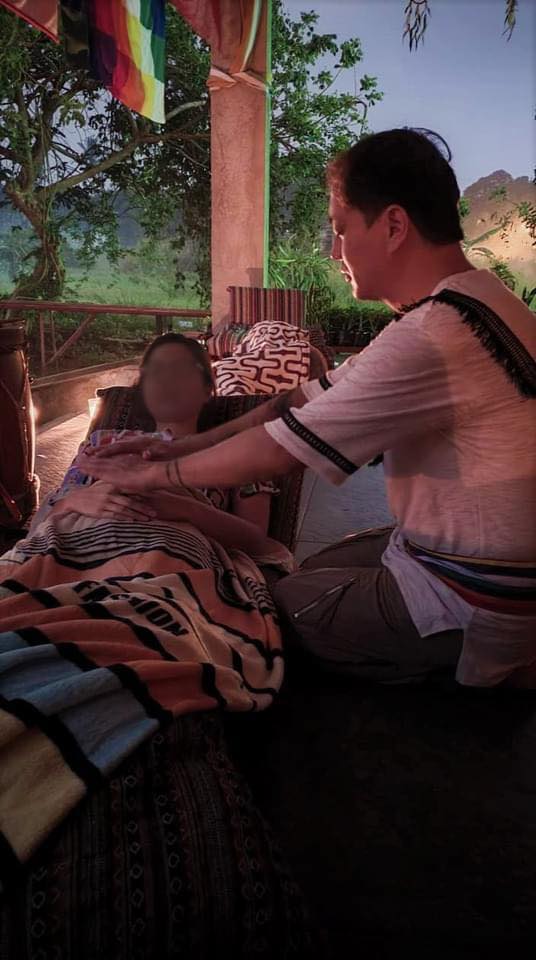
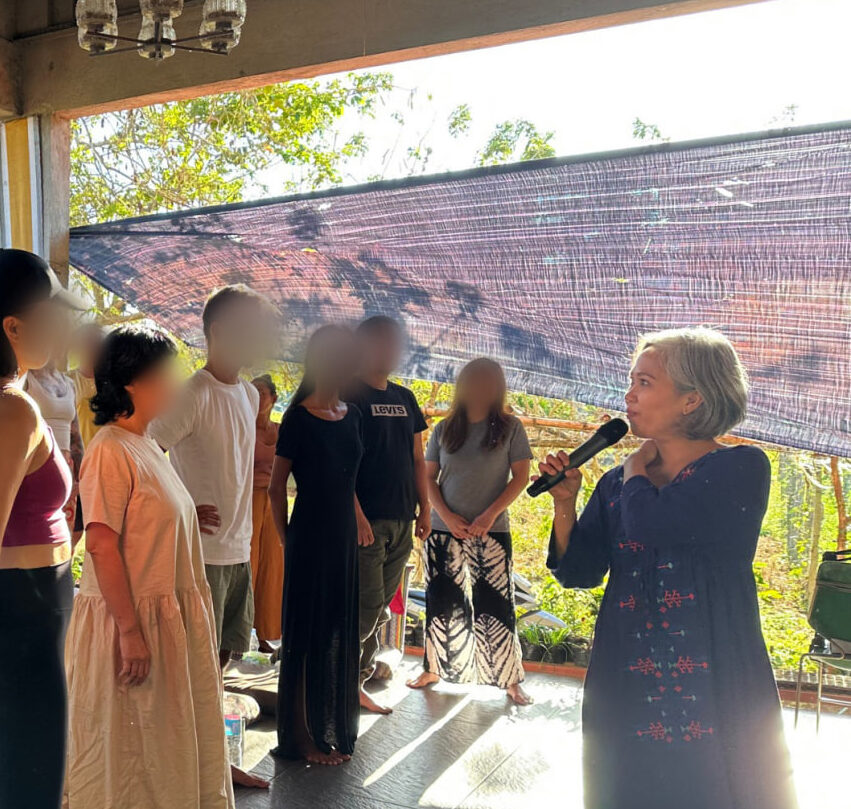
For the third day, they do the circle of words. This is where they share their learnings, spiritual trips, and give understanding on how they could apply these learnings in the mundane.
“This is very crucial,” Delong said. “Because journeys can only do so much. It shows you what you went through before. What follows is what you have to do about the information and the adjustments need to be made. We call this part ‘understanding the integration.’”
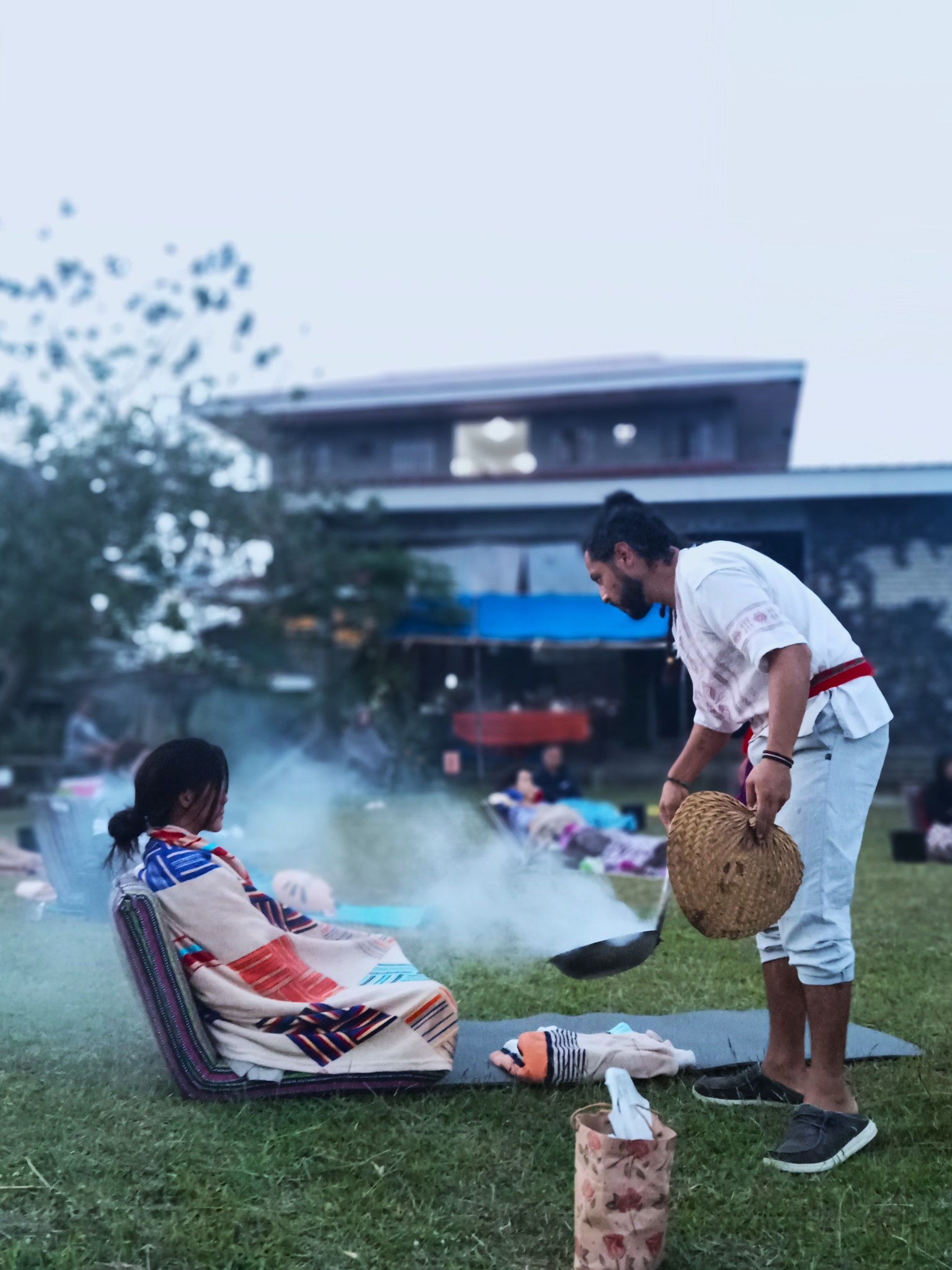
Life as an Ayahuasca facilitator
Delong, as an Ayahuasca guide, guides the participants through the entire process of the ceremony. He explained that as traveling souls, they have a tendency to not be physically and mentally present because they’ll be entering the spiritual realm. “When the circumstances become too much for them, we grab them back to reality,” he said. “If their journey is too shallow, we gently push them further along the road.”
He would sometimes do reiki which helps in the participants’ individual spiritual adventure. Delong commented that some people feel stuck when the energy is not flowing, prompting the need for professional intervention. Reiki helps smoothen the flow of one’s Ayahuasca ordeal.
Not every ceremony is perfect because some instances have toxic events that unfold. “Every person’s journey is unique, but ultimately the goal is to have a pleasant and wonderful experience leading to self understanding and healing,” Delong explained.
As a facilitator, Delong added that they answer every question that the participants have. “That’s my role,” he said. “I do the rapeh, give Ayahuasca, and make sure they really connect with the encounter.”
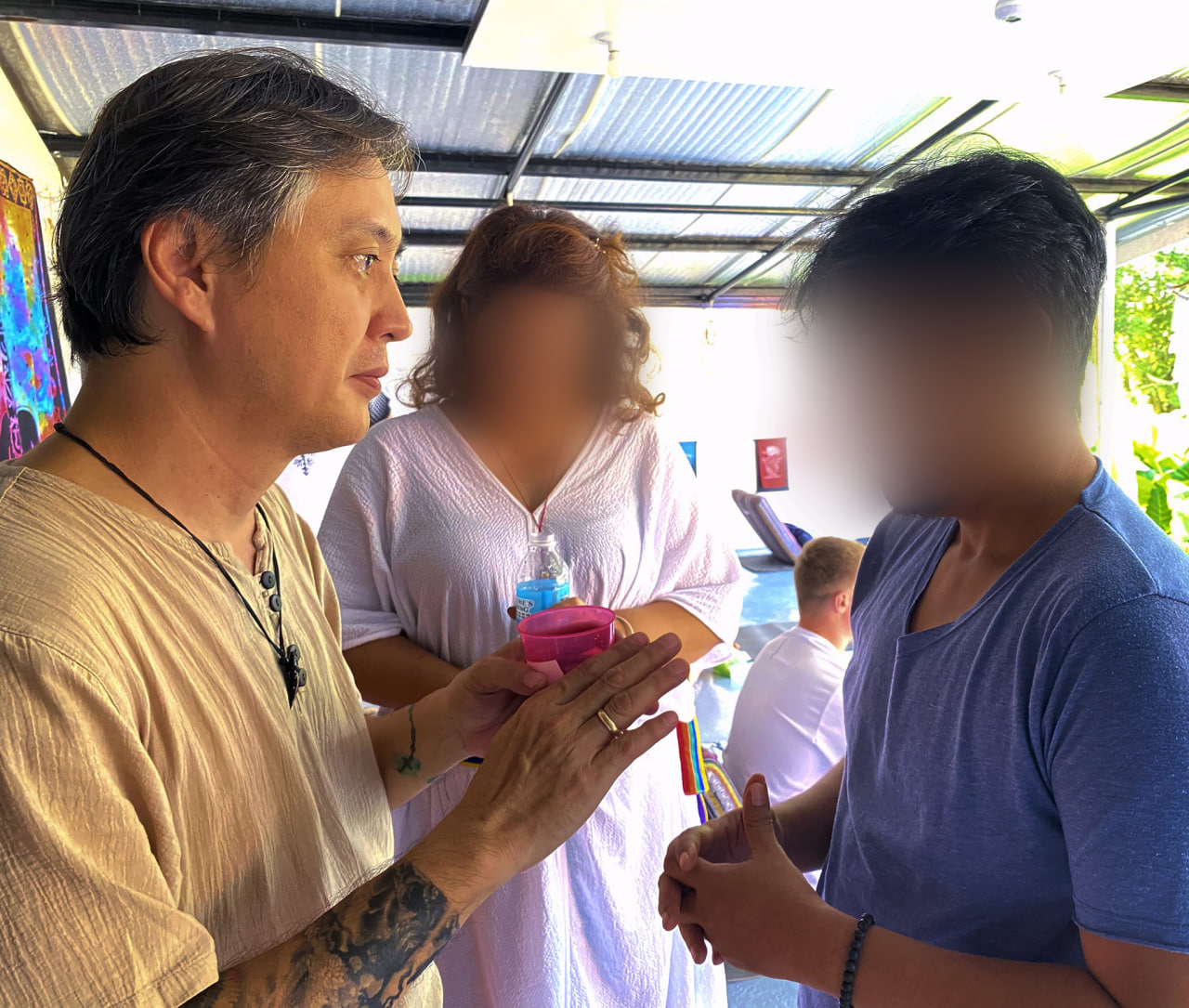
Sacred and divine
Facilitators follow the ancestral ways by having the period of detox or “dieta.” Delong described they have a period of detox two weeks before the ceremony, which will help with connecting to the spiritual realm.
“No processed food, no spices, citruses, meat, fruits, coffee, which is hard,” Delong explained. “It also requires a healthy mental diet, which means no bad news, negative vibes, no horror movies, and no other psychedelic substances. The process discourage intimacy as well. These will make us grounded, a requirement before one goes through a profound connection with Ayahuasca.”
Delong expounded further, saying even before an Ayahuasca ceremony, the diet teaches people to take care of themselves. “Healing starts with yourselves,” he said.
Ayahuasca is a tool that helps one understand their respective situations in life. Delong claimed it is only an experience if one cannot handle themselves properly during the detox time and the ceremonies. “You won’t heal properly if you don’t process things properly,” he remarked. “And if you don’t use the tools, they won’t serve their purpose.” The spiritual spectator claimed in addition that any tools used incorrectly won’t be effective.
Delong said he advocates for Ayahuasca. “I believe she is a divine entity as I saw her. I became exposed to her. For me, Ayahuasca is sacred.”
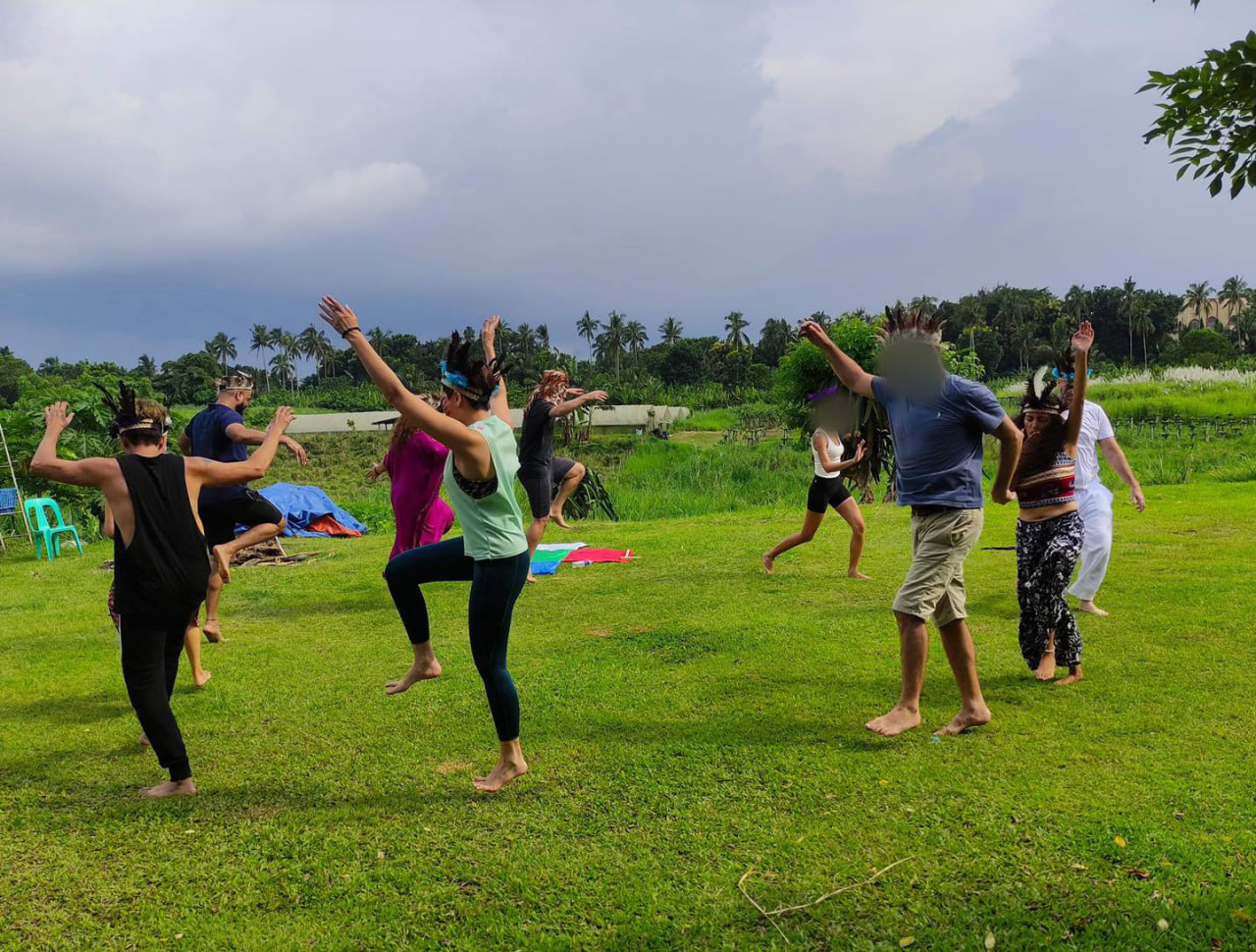
Buena pinta
Ayahuasca Ancestral Asia does the practice once a month in their headquarters in Silang, Cavite. They have participants all over the world who travel to the Philippines to experience the sacred process. Those who have participated in past sessions provided promising testimonials on its benefits and effects.
Delong has his Colombian teachers, Mamita and Erick to thank for his knowledge and opportunity to change lives in the way he knows best.
“The practice taught the saying Buena Pinta,” he said, “which translates to, ‘May you see beautiful things.’”
Banner photo from Nikita Kachanovsky via Unsplash.





